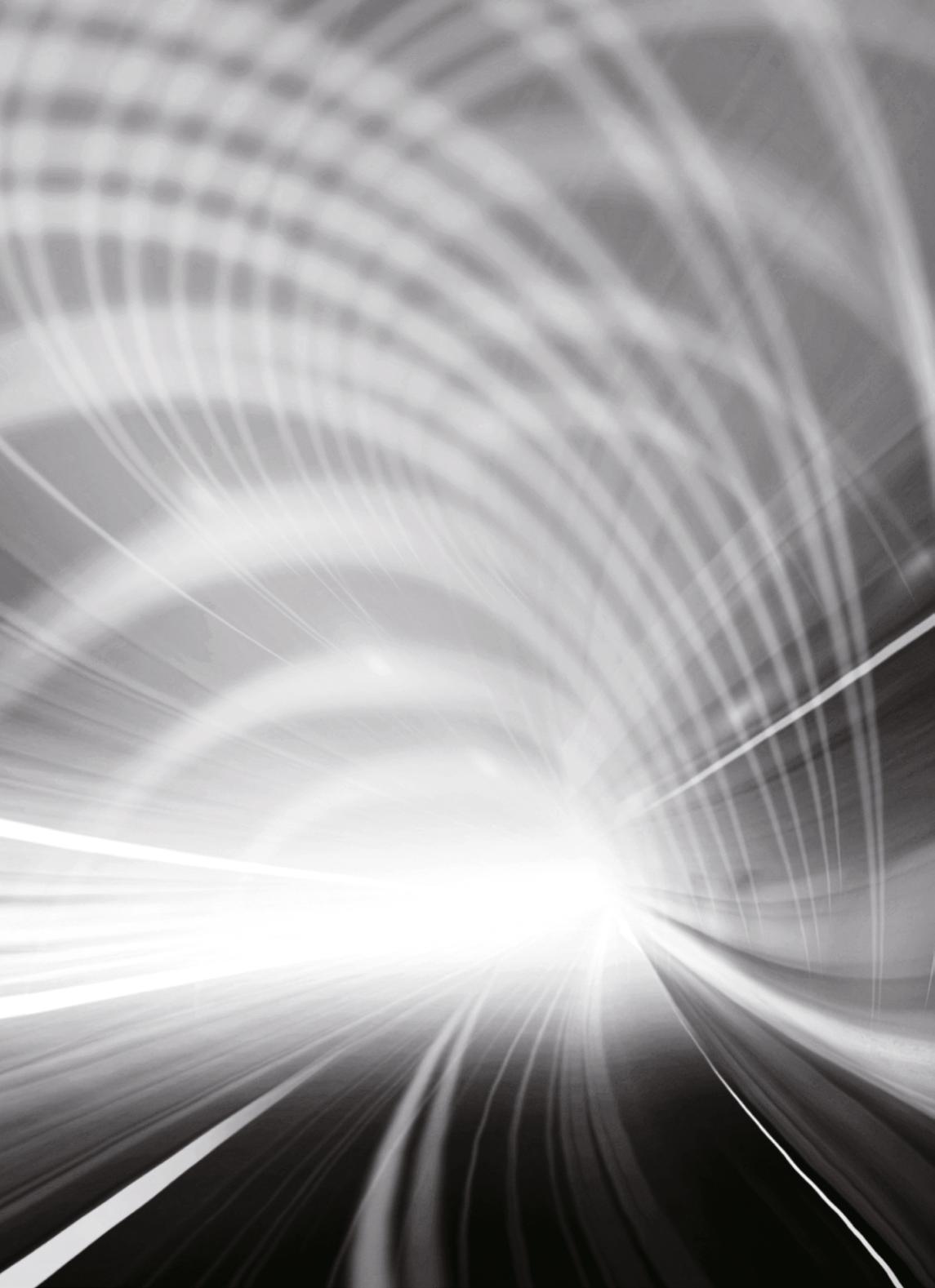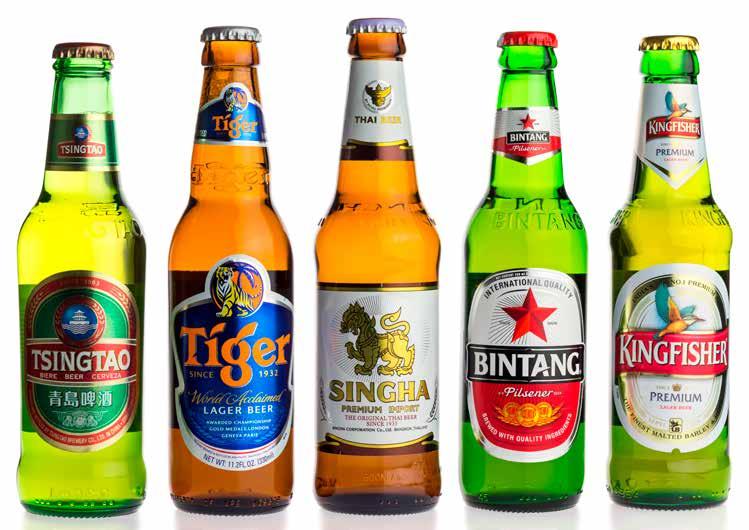
14 minute read
Beverage packing trends
In compe
Beverage packaging trends in Asian countries
Advertisement
More than 80% of the total demand for container glass comes from the beverage packaging industry. Container glass producers in some subsectors of the beverage industry are facing intense competition from alternative forms of packaging, including PET bottles and metal cans, observes Yogender Singh Malik.
Container glass industry’s fortunes are intertwined with the beverage packaging to a large extent as demand from this segment accounts for more than 80% of the total container glass demand. Beverage market product growth has led to a steady increase in the demand of glass containers in most of the countries.
However, growth in beverage consumption has also led to an increase in the diversity of packaging formats during the last decade in most of the countries. It is sad to state that our industry has lost market share in some of the key sub-segments of the beverage industry to PET packaging, metal cans, and Tetra pack.
Forty years ago, before the plastics, and metal cans revolutions had gathered pace, most beverages were sold in glass bottles. Today, a high proportion of soft drink bottles are made from a tough plastic material called polyethylene terephthalate, or PET. Metal cans has eroded container glass industry’s market share in beer industry in a number of countries. In fact, in some countries, share of metal cans in beer packaging is as high as 65%.
Though, in some of these sub-segments, container glass is again making inroads and trying to win back its lost share.
Beverage packaging has evolved at a rapid pace in recent years, driven by a combination of forces including changing consumer preferences and increased competition and technology innovations in the packaging mediums. The course of this evolution was disrupted by COVID-19, which sent shockwaves throughout the Asian beverage markets. Some of the evolutionary trends in beverage packaging were accelerated, others slowed slightly, and a few new short-term trends emerged.
One of the most notable developments in the Asian beverage consumption has been the rapid expansion of e-commerce, though this varies from region to region. For example, the penetration of online shopping is high in ASEAN region, whereas it is low in South Asian region. Increased online shopping has led to an increase in home delivery of everything from individual alcohol purchases to beverages purchased as part of grocery orders. As more products are offered online, beverage producers are adapting under different shipping and delivery scenarios.
Intense competition from alternate forms of packaging – PET packaging and metal cans – has posed serious challenges for container glass producers in some of the sub-segments of beverage industry.
Share of different regions in overall beverage packaging market at retail
Region Share ( in pc)
Asia Pacific 39.5%
Australasia
Eastern Europe
Latin America
The Middle East and Africa 1.2%
6.8%
11.6%
4.3%
North America 20.7%
Western Europe 15.9%
In competition
Container glass position in ever changing consumer preferences
Container glass scores very high in consumer preference in most of the categories of beverage industry. Consumers today are concerned with the sustainability of the products they purchase, especially related to packaging materials.
In a recent survey by consulting company, McKinsey, more than 50% of consumers stated that they are greatly concerned about the environmental impacts of packaging, and nearly 70% are willing to pay extra for eco-friendly packaging. As a result, manufacturers are promoting sustainability in packaging across the beverage industry. We need not to state that container glass is the most obvious winner of this shifting consumer preference.
Rising popularity of premium products
Much like the Western countries, Asian beverage industry has witnessed a steady rise in the consumption of premium beverage products in both alcoholic and non-alcoholic beverage segments. Container glass packaging has outscored its rivals (PET packaging and metal cans) by a very high degree in the packaging of these products.
Vikram Bhalla, a New Delhi-based brand consultant, told Asian Glass: “When it comes to premium packaging, container glass is seen as a bespoke way to package products and add premium quality to the designs of products.
“In fact, to a large extent success of premium products is due in large part to packaging innovations that give the products a premium look-and-feel and help them stand out from the competition. The high margins associated with premium products will ensure that we see more and more of these in the years ahead.”
Lightweighting
Weight of glass bottles has been an impediment in the usage of container glass bottles in some of the sub-segments of the beverage industry. Beverage producers have often complained that excessive weight of glass bottles have added to their transportation costs.
Container glass producers have addressed this issue by offering light weight glass bottles. Our industry has made steady progress in the lightweighting of containers, with glass bottles 40% lighter than 20 years ago.
Lightweighting has been very popular in the non-alcoholic beverage and beer industries, but , spirits and wine producers have been reluctant to use light weight glass bottles: which tend to favour heavier glass bottles as a sign of premiumisation. The main obstacle in adoption of light weight glass bottles in these two segments has been the fear that these products in light weight glass bottles will be perceived as lower quality products.
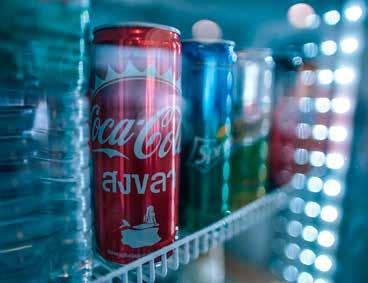
Sustainablity of packaging: A key concern
One of the top concerns for today’s beverage consumers is the overall sustainability of the products they are purchasing. Specifically, consumers are looking for packaging that is more sustainable, especially packaging that finds ways to reduce or eliminate plastic usage. Though, this trend was more pronounced in the West, but Asian consumers have become very conscious to this trend. This trend is especially strong among millennials. Beverage manufacturers are responding to this trend with the awareness that millennials are expected to become the largest consumer demographic in most of the countries in the region in medium and long term .
There are several strategies that beverage producers are adopting to address this issue, but by far the most important is reducing the overall amount of plastic utilized in their packaging. Plastic has become a hot-button issue for consumers, especially given the mounting statistics demonstrating the damage improperly discarded plastic does to the environment. The beverage industry faces a particularly challenging problem with plastic. To achieve lower levels of plastic usage, manufacturers have turned to a variety of solutions that include reducing their overall packaging material requirements and adopting alternatives to plastic altogether.
Alcoholic beverage packaging
Historically alcoholic beverages were packaged in container glass products, but advent of aluminium cans in the penultimate decade of last century and metal cans huge popularity in beer packaging has eroded container glass dominance in beer packaging.
Alcoholic beverage industry can be broadly classified in three distinct categories from container glass perspective. Hard liquor, which comprises of whiskey, rum, vodka and other variants where alcohol content is high, beer and wine.
Among these three categories, container glass dominates the packaging of hard liquors. In Asian countries, almost 94% of the hard liquor is packaged in container glass bottles. Though, in some countries, for example in India, cheaper liquor is packaged in PET bottles due to cost considerations, but even in these sub-segments the trend is reversing. Some of the state governments in India has banned the sale of country liquor in PET bottles.
Major players, location and capacities in Indian container glass industry Company Expansion Year
Hindustan National Glass Industries Pan India 4800
AGI Glasspac Piramal Glass
Haldyn Glass Mohan Meakin Andhra Pradesh 1600
Gujarat Gujarat UP 1530
320
240
Sunrise Glass
Janta Glass
Universal Glass
Hyaline Glass Vitrum Glass
Pragati Glass Industry Enki Glass Industry Firozabad based various small-scale units Cumulative capacity of all the remaining small producers
Grand Total
Gujarat Gujarat UP 220
220
215
Madhya Pradesh 150
Mumbai 130
Gujarat Gujarat 130
120
UP 900
Pan India 1200
12330 TPD
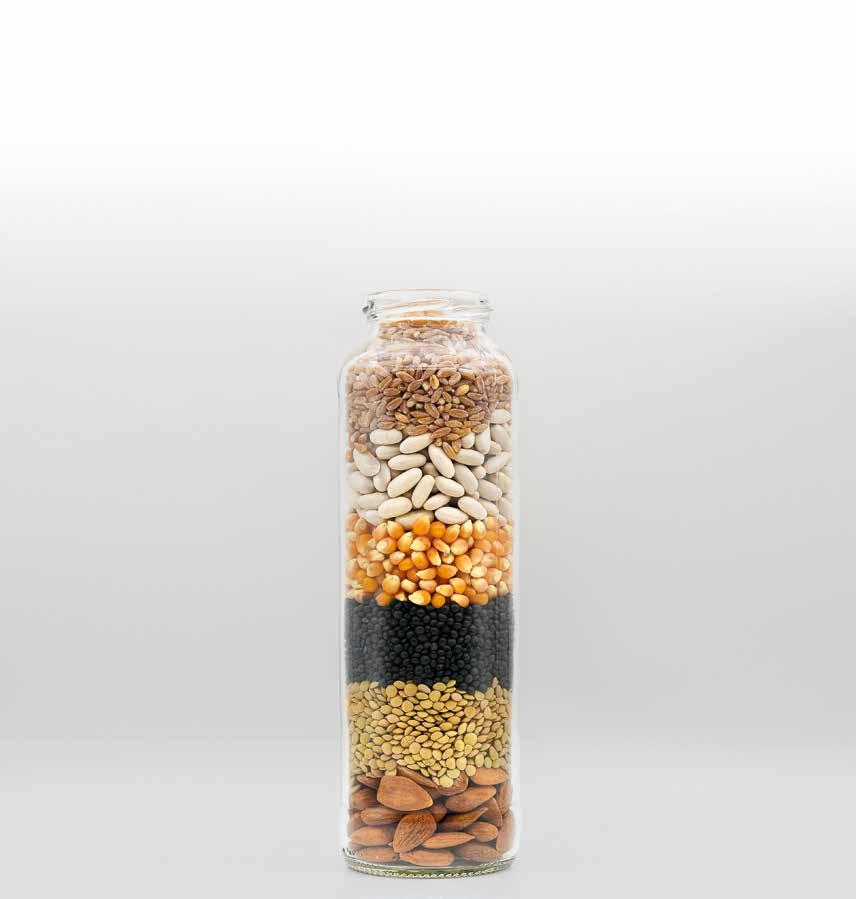
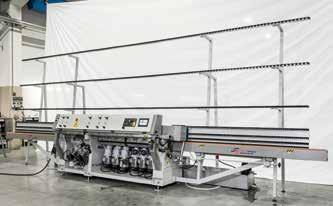
Sprits packaging
Spirits packaging accounts for the largest share of container glass demand in Asian countries. There have been isolated experiments of spirits packaging in PET, tetrapack and aluminium cans, but these have not been successful on a mass scale.
Container glass remains the dominant medium of packaging in this segment of alcoholic beverages.
Regis Maillet, marketing director for Saverglass Group, says:“Given the increasing demand in the premiumisation of the non-and-low alcohol category, brands are taking on an innovative approach for an innovative product.
“Brands seek glass packaging designs to reflect the brand identity contributing to the exceptional non-and-low alcohol drinking experience. From refined bottles that have an appealing shape that draws attention, personalisation through embossing on the finish, or decoration techniques instead of simply just labels, these are packaging solutions to stand out amongst the competition.”
Saverglass is the world’s specialist in the manufacturing and decorating of premium and luxury glass bottles, with production sites spread around the world to locally serve customers both large and small: three glass production sites and three decoration sites in France, one glass production site in Belgium, one glass production and decoration site in Mexico, one glass production site in the United Arab Emirates. Saverglass produces a total of about 520,000 tons of premium glass and decorates over 150 million bottles per year. In 2021 the Saverglass Group achieved a sales revenue of $675 million.
Container glass producers in Pakistan Company Expansion Installed Capacity
Balochistan Glass 1 Hub, Balochistan 36,000 TPA Balochistan Glass II Sheikhupura 75,000 TPA
Balochistan Glass III Kot Abdul Malik, lahore 22,000 TPA
Ghani Glass Limited Haripur ( Khyber Pukhtunkhwa)
Plant 1 Landhi Industrial Area, Karachi
Ghani Glass Limited Plant II Hattar, Kheybar Pukhtunkhwa 250 TPD
300 TPD
110 TPD
Murree Glass Pan India 1200

Beer packaging
Beer packaging is one of the most lucrative sub-segments of beverage industry for container glass producers due to uniformity of final products and high volumes.
Currently, around 60% of the conventional beer beer in Asian countries is sold in returnable bottles, representing the beverage category where returnable bottles currently dominate. However, the proportion of beer sales in returnable bottles differs significantly by market, even in the same region.
For example, the use of container glass is as high as 94% in India, while it is a mere 34% in Japan. Between these two extremes are countries like Thailand, South Korea, China, Philippines and Vietnam, where use of container glass is between these two extreme ranges.
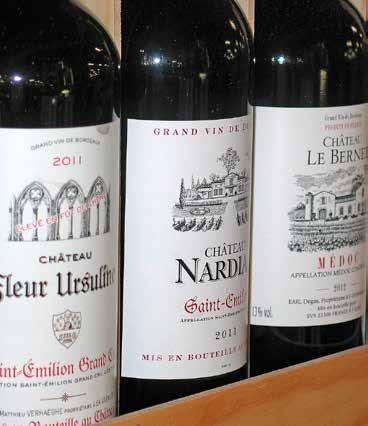
Wine packaging
Glass has a long, loved heritage in the wine industry and it remains the best choice for wine on every front, whether its taste, sustainability, recycling or returnable packaging with manufacturers and brands alike committed to a more sustainable future with glass.
Wine packaging has been historically dominated by container glass industry and the trend is likely to remain so for the foreseeable future. In fact, wine industry will be one of the most important demand drivers for container glass industry in Asian countries, where wine consumption is low but growing steadily.
Among Asian countries, China is the only sizable wine producing country. Countries like India have a small but rapidly growing wine industry. In addition to the domestic production, Asian countries import a sizable amount of wine in bulk, which requires bottling in their domestic countries. These operations demand a significant demand of glass bottles.
Non-alcoholic beverages
Over the years, non-alcoholic beverage producers in Asian countries almost phased out the ubiquitous returnable glass bottles, replacing them with PET bottles and aluminium cans, both of which has a sizable market share in the packaging of these products.
Non-alcoholic beverage industry has diversified during the last two decades. While carbonated beverages dominated the non-alcoholic beverages by a huge margin about two decades ago. Newer categories like fruit juices, energy drinks, functional drinks, and bottled water now account for more than 50% of the total non-alcoholic beverage market on value basis.
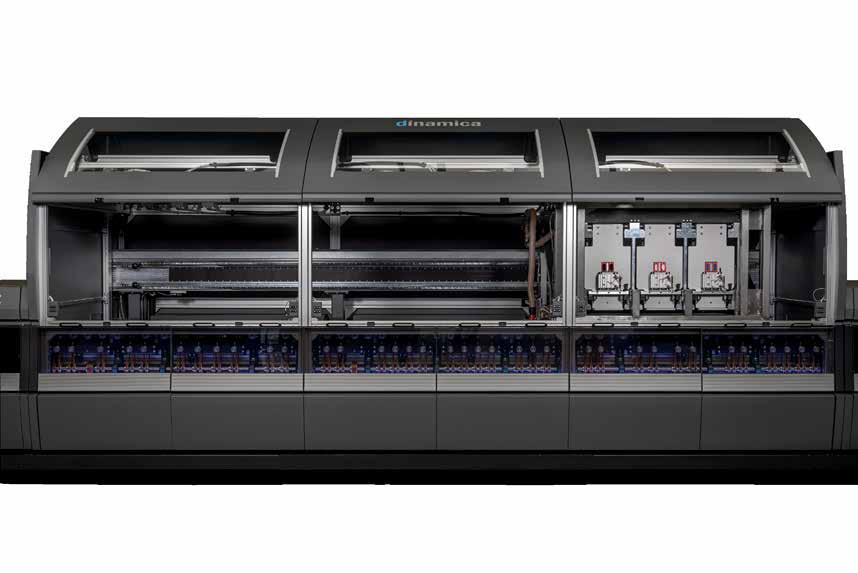
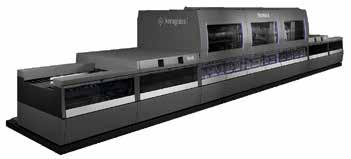
Carbonated beverages were one of the mainstays of container glass industry, but the advent of PET bottles led container glass industry to lose a huge market share in this category. If competition from PET was not enough, metal cans too started to chip away the share of container glass in the packaging of carbonates in Asian countries in the first two decades of the century.
However, container glass is making some inroads in this category. For example, Coca-Cola India is promoting returnable glass bottles once again, after years of focusing on disposable plastic bottles. The change helps the company reach out to more users and reduce packaging costs.
Sanket Ray, president for India and South-West Asia, Coca-Cola, says: “In 2021, we could predict that inflation is going to be one of the major challenges in the coming year and glass bottle is the least impacted packaging in inflation. It also gives us an affordability play in large parts of India.
“Glass bottles are least impacted by inflation because of negligible packaging material cost. We have to incur the cost at one time and then these bottles are rotated. We have been playing around with our packs, which is revenue growth management, specifically pack and pricing.
“For example, when we took some pricing on large PET packs, we also strongly reinforced our focus at the INR10 price points through our glass bottles. We relaunched it strongly across a few markets, to see that we do not lose out consumer because of the impact of inflation.”
The bottles rolled out last year at INR 10 price point (200 ml) in select states are available across the company’s top-selling brands such as CocaCola, Thums Up, and Sprite. In some markets, glass bottles now make up 30% of beverage sales. Overall, they account for a little less than 10% of the company’s business.
India isn’t the only market where Coca-Cola is trying glass bottles to counter inflation. Coca-Cola is expanding the distribution of its cheaper returnable glass bottles in several emerging markets.
The Indian soft drink industry is pegged at 33,559mn litres in volume terms and INR 1,283bn in value terms. Majority of volume share is contributed by packaged drinking water (PDW) at 48pc, followed by bulk/ HOD water at 23pc and carbonated soft drinks (CSD) at 19pc.
However, in value terms, the sector is majorly dominated by CSDs, which contribute 44pc (INR 567 billion), followed by PDW at 30pc (INR 385 billion). JNSD category which includes juices, nectar, still drinks, contributes 19pc (INR 244 billion) to the soft drinks industry. Other forms contributing the remainder 7pc include bulk water, energy drinks, sports drinks, flavoured water, etc.
Leading container glass producers in ASEAN countries Country Company Location Installed Capacity Thailand
BG Container Glass Public Company Ayutthaya, Pathumathani, Khon Kaen, Prachinburi and Ratchaburi 3495 tonnes per day Berli Jucker Packaging (Thai Glass Industries and Thai Malaya Glass) Rajburana, Bangplee, Saraburi 3340 tonnes per day Siam Glass Industries Rojana, Samutprakarn and Ayutthaya. 1480 tonnes per day San Miguel Yamamura Packaging Corporation Cavite (Manila) Mandaue (Cebu) 1400 tonnes per day

Energy drinks
Energy drinks is one of the most popular beverage options in the Southeast Asian region. Thailand, Vietnam and Indonesia in particular have a very sizable energy drinks markets.
Thailand-based container glass producer, Asia Pacific Glass Co., Ltd. or APG, is a wholly owned subsidiary of the energy drink producer Carabao Group, produces container glass bottles for parent company. It is one of a few isolated cases of a beverage company setting up its own container glass plant to meet the captive demand.
Carabao Group set up this greenfield container glass facility in 2013 in order to meet the demand of container glass for its energy drink. The plant which become operational in August 2014, had an installed capacity of 310 TPD of container glass.
Rapid growth in Thailand’s and ASEAN’s energy drinks market prompted Asia Pacific Glass to undergo a capacity expansion within four years of its inception. In 2017, the company installed a new furnace and increased the installed capacity to 640 tonnes of glass containers per day. Bulk of this capacity goes to meet the in-house demand of parent company’s energy drink Carabao Dang.
Philippines
Indonesia
Vietnam
Asia Brewery Inc. Cabuyao, Metro Manila 400 tonnes per day Anglo Watsons Glass Incorporated Calamba, Metro Manila 220 tonnes per day Arcya Glass Corporation Calamba, Metro Manila 160 tonnes per day
PT Mulia Glass Cikarang (West Java) 164,000 tonnes per annum
OI Indonesia
PT Iglas
OI BJC Vietnam
San Miguel Yamamura Haiphong Glass Jakarta
2.3 million glass containers per day
Jawa Timur 340 tonnes per day Vung Tau province 100,000 tonnes per year
Haipkong 380 tonnes per day
Go Vap Glass Ho Chi Minh City 110 tonnes per day
